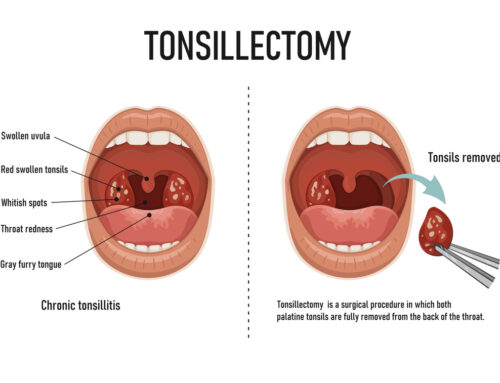Zenker’s diverticulum affects your health and is an uncomfortable condition. Here are details on what it is, how to tell if you have it, and possible treatment options.
What is Zenker’s diverticulum?
Zenker’s diverticulum is an adaptation to the pressure differences between your upper oesophageal sphincter and the throat wall. It is the pouch that forms at the very beginning of the digestive tract in the throat, just above the upper oesophageal sphincter. Zenker’s diverticulum forms because of a tighter than normal upper oesophageal sphincter. Pressure builds along the throat wall when the upper oesophageal sphincter is abnormally tight. Since the area just above the sphincter is not as tight, a pressure buildup causes it to sag and form a pouch. When you swallow food, the tight upper oesophageal sphincter prevents entry into the oesophagus, thus forcing the food into the pouch or causing you to regurgitate the food.
Symptoms of Zenker’s diverticulum
You’ll notice difficulty in swallowing or dysphagia, a feeling that food is stuck in your throat. You may also develop halitosis due to the accumulation of food in the pouch. Nighttime coughing will increase as well due to regurgitation. Your voice may change or become hoarse, and you may produce gargling noises.
What should one do?
A combination of these symptoms should push you to seek medical attention immediately. Although rare, Zenker’s diverticulum tends to affect middle-aged and older people, usually in their 80s.
How is Zenker’s diverticulum diagnosed?
Zenker’s diverticulum is diagnosed through the barium swallow test. The barium swallow test is a special type of x-ray that provides your doctor with details of the back of your mouth and throat and the oesophagus. This test helps diagnose any condition whose symptoms include difficulty swallowing. Furthermore, it is highly effective in determining if you have an upper gastrointestinal tract disorder.
The test entails swallowing the white barium powder mixed with water to resemble a milkshake. The mixture coats the walls of your upper gastrointestinal tract allowing it to absorb x-rays, thus producing a detailed image of your GI tract. It allows the doctor to observe your swallowing movement on an x-ray, leading to a correct diagnosis.
Your doctor may also combine the barium swallow test with an upper GI endoscopy. An endoscopy relies on a tiny camera at the end of a tube to view the walls of your upper GI.
What is the treatment for Zenker’s diverticulum?
For mild cases, doctors usually ask you to be patient and see if the situation will resolve on its own. In the meantime, the doctor will ask you to eat smaller amounts of food in each meal, chew your food properly before swallowing, and drink water between bites.
However, in severe cases, the doctor will recommend surgery. The first surgical option is an endoscopic procedure that uses a bendable endoscope to view the throat cavity. You will not need anaesthesia for this procedure.
Severe cases where an endoscopy procedure is insufficient or the diverticulum is too large call for open surgery. The surgeon cuts a small opening on your neck to remove the diverticulum. While enjoying a high success rate, expect to spend several days in hospital recovering. You will also need a follow-up visit and a change in diet until you heal.






